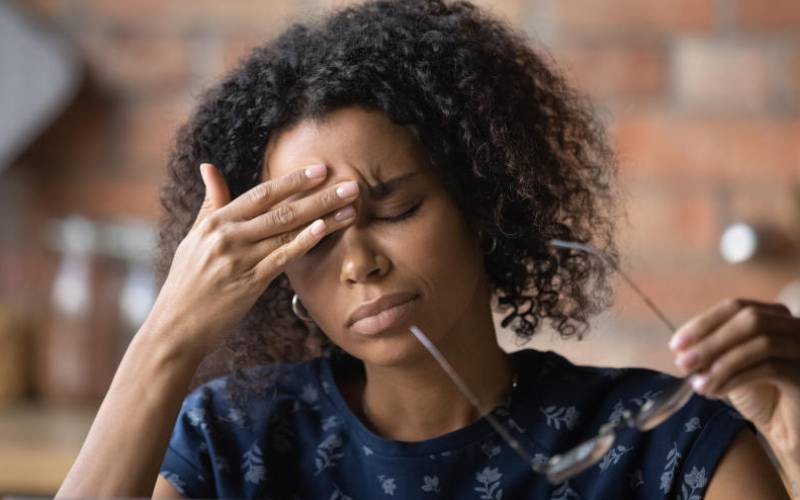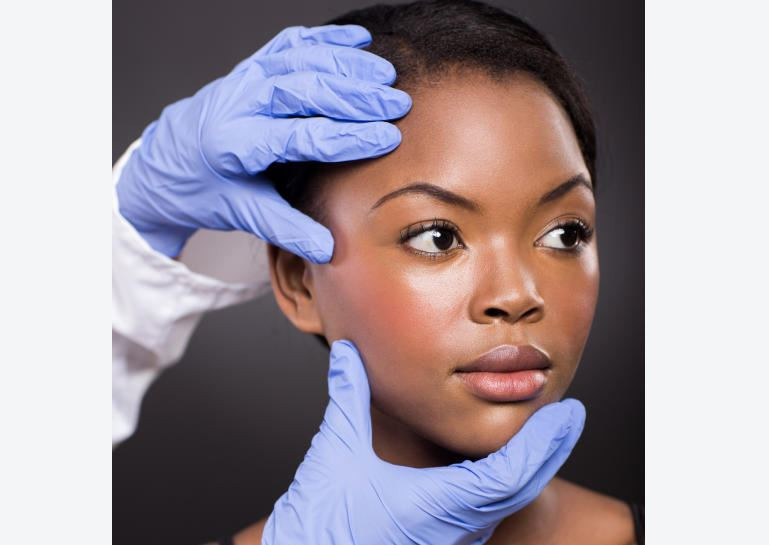
Dear Dr Ombeva,
Thank you for your exciting recent article on nail and nailbed infection onychomycosis. I have a question - Can Raynaud’s syndrome cause nails to turn black?
Ed’s note: This question comes from a reader in response to the December 28 article, ‘My child’s toe nails have turned black and brittle’.
Answer
Thank you for your question, although it is a bit technical. I will do my best to simplify the response for the benefit of other readers. Also called Raynaud or Raynaud’s phenomenon or syndrome, Raynaud’s disease is a condition in which some areas of the body feel numb and cool in certain circumstances. The disease causes some areas of one’s body, especially the fingers and toes — to feel numb and cold during cold temperatures or stress. It’s often accompanied by changes in the colour of the skin.
The smaller blood vessels that supply blood and warmth to distant parts of the body and skin become narrow, thus limiting blood supply to affected areas. It’s more common in women than in men. It has been described more among people living in colder climates or cold weather conditions.
The most common signs and symptoms of Raynaud’s disease are cold fingers or toes, colour changes in the skin in response to coldness or stress and numbness, or prickly feeling or stinging pain upon warming or stress relief. Initially, one’s skin turns white, then blue, cold and numb. As one warms up, this improves blood circulation hence the affected areas may turn red, throb, tingle or swell.
While Raynaud’s most commonly affects fingers and toes, it can also affect other areas of the body, such as your nose, lips, ears and even nipples. After warming, it can take 15 minutes for normal blood flow to return to the area.
Treatment depends on its severity and whether one has other health conditions. In most cases, Raynaud’s disease isn’t disabling, but can affect one’s quality of life. To help prevent Raynaud’s attacks, one should stay indoors during cold climates, or put on a hat, or scarf, or socks and boots, and double glove, or use chemical hand warmers and keep the car warm.
Dr Ombeva Malande is a specialist paediatrician. Reach him on [email protected]
Who do you confide in? The Standard Group Plc is a multi-media organization with investments in media platforms spanning newspaper print
operations, television, radio broadcasting, digital and online services. The Standard Group is recognized as a
leading multi-media house in Kenya with a key influence in matters of national and international interest.
The Standard Group Plc is a multi-media organization with investments in media platforms spanning newspaper print
operations, television, radio broadcasting, digital and online services. The Standard Group is recognized as a
leading multi-media house in Kenya with a key influence in matters of national and international interest.










